Leaves
Leaves functions
Manufacture food through photosynthesis
This is possible due to the green pigment in them called CHLOROPLAST, Leaves are the chief food producing organ in MOST not all plants, and because they create food via photosynthesis they are typically arranged in convenient ways to allow maximum absorption of sunlight.
Gas (air) exchange, Respiration
Leaves use our bi-product carbon dioxide for photo synthesis! This co dependent relationship is required for survival for not only them but for everything here on earth that requires oxygen to live.
Protect vegetative and floral buds
Some plants are unique in terms of how they’ve adapted to protecting themselves by growing their own defenses. Example: the artichoke has grown a protective wall over the entire bud to allow it to safely grow!
Water transport, transpiration
Plants lose a relatively large amount of water through transpiration through their STOMATA, in fact its estimated that the loss of water via stomata through the process of transpiration exceeds over 90 percent of the water absorbed by the roots!
Leaf Shapes
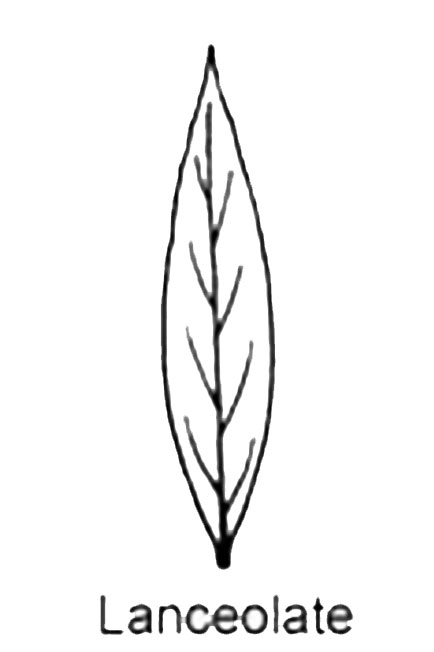
Lanceolate
Lanceolate leaves are significantly longer than wide and widest below the middle, gradually tapering toward the apex. Type 1
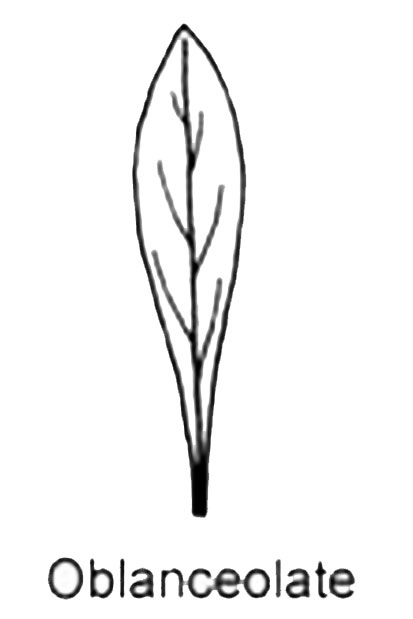
Obanceolate
Obanceolate leaves are significantly longer than wide and widest above the middle, gradually widening toward the apex. Type 2
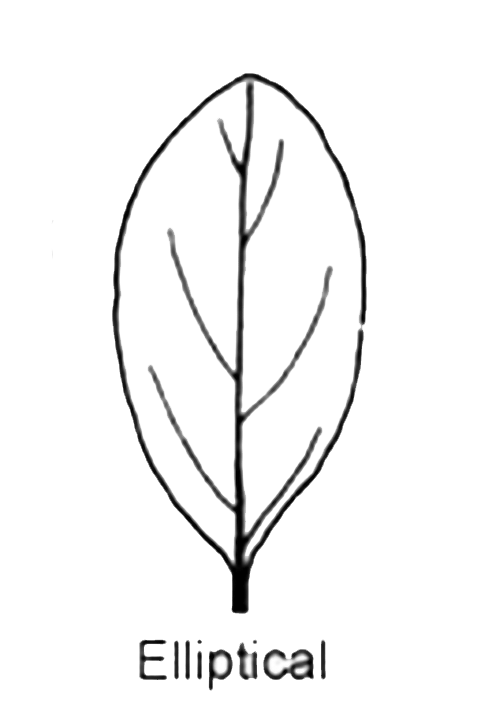
Elliptic
Elliptic leaves are about twice as long as broad. The broadest part is in the middle and the two ends narrow equally. Type 3
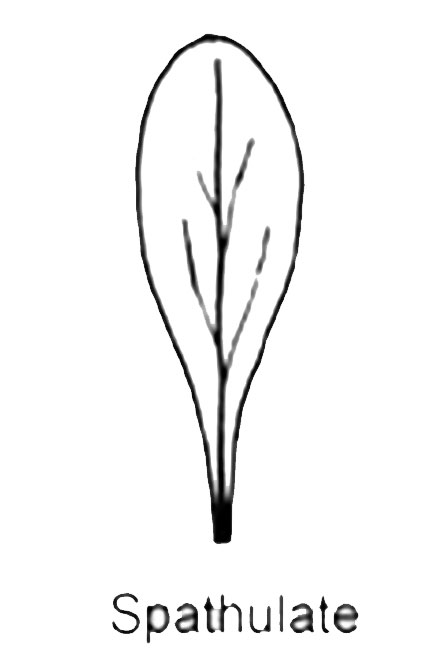
Spatulate
Spatulate leaves are broadly rounded at the apex and gradually curve down toward the base. Type 4
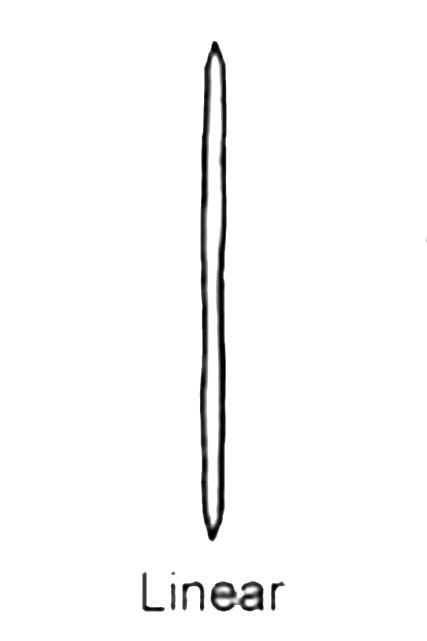
Linear
Linear leaves are more that twelve times longer than wide. They are long and narrow with more or less parallel margins or sides.
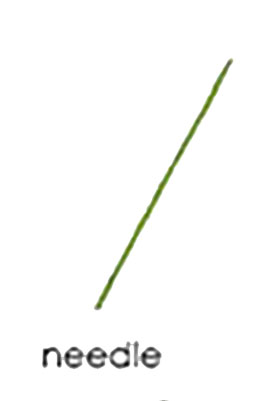
Needlelike
Needlelike leaves are then and long like needles. filifolia is the only Plumeria know to have this type of leaf.

Round
Round leaves are broadly rounded at the apex and the base.
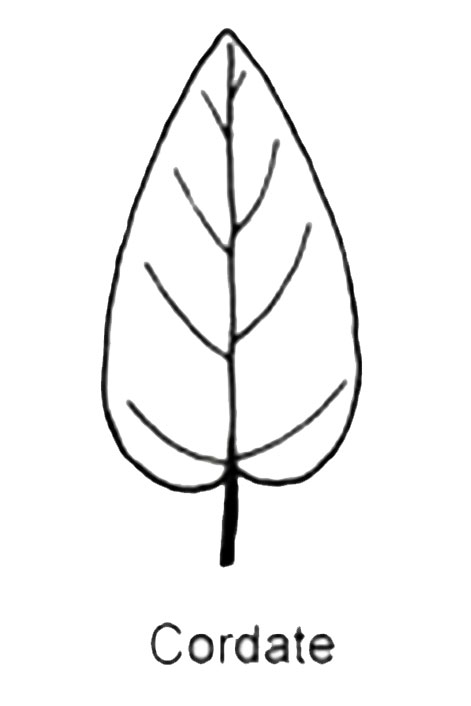
Cordate
Cordate leaves are shaped like hearts. The stem is attached at the wide end of the leaf.
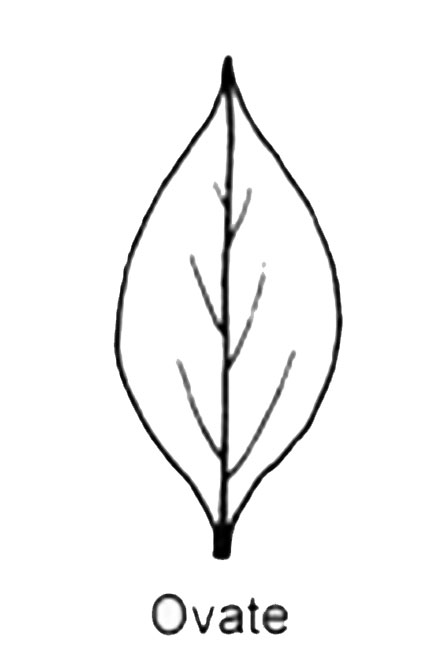
Ovate
Ovate leaves are shaped like an egg, with the broader end of the leaf nearest the petiole.
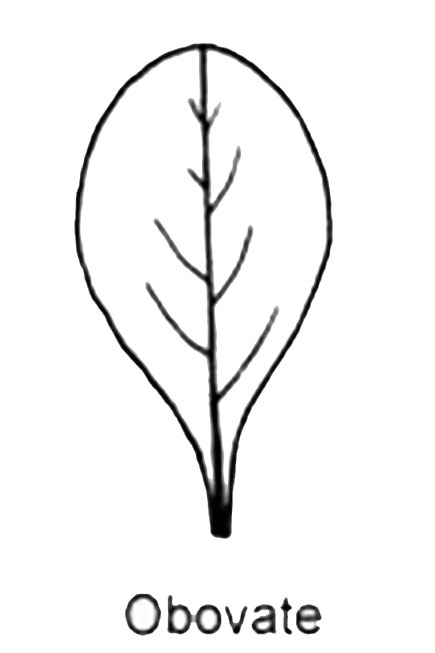
Obovate
Obovate leaves are shaped like an egg, with the broader end of the leaf farthest from the petiole.
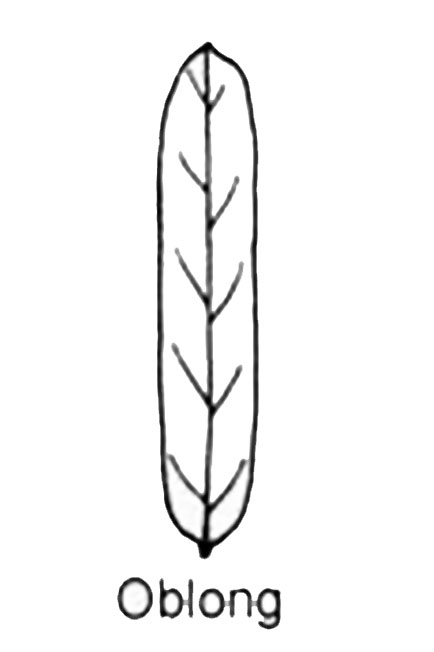
Oblong
Oblong leaves almost resemble a rectangle, except that their corners are rounded. They are at least twice as long as they are wide.
Leave Structure
Leaves are organs to the plant, they come in many different shapes, sizes, and arrangements all varying on the different conditions each plant must survive in.
An important part of leaves is the role of STOMATA or STOMA. Stoma consist of a pore surrounded by 2 sausage shaped epidermal guard cells. These pores are open and close as they regulate the flow/amount of gases and water to and from the leaves.
They are typically found on the underside of leaves but in some cases, they are found on other organs of the plant like the stem or fruit.
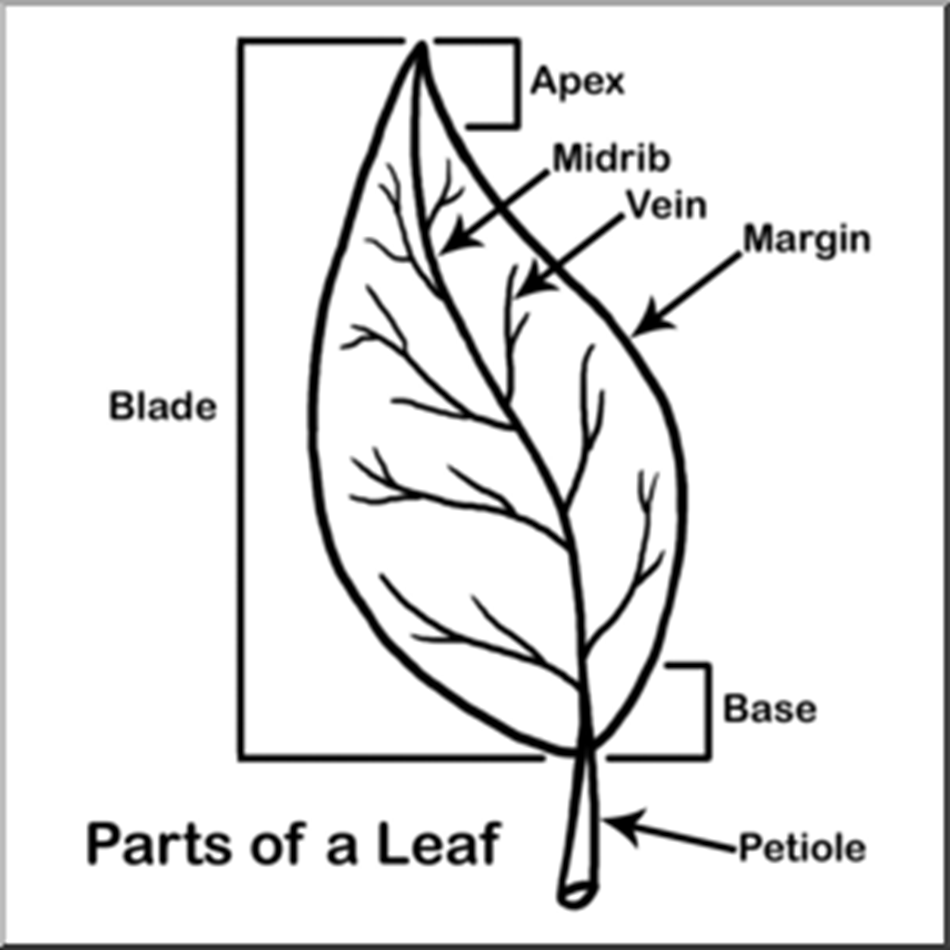
Legend of definitions
| A plastid that contains chlorophyll and in which photosynthesis takes place | |
Stomata | Stoma consist of a pore thats surrounded by 2 sausage shaped epidermal guard cells. These pores open and close as they regulate the flow/amount of gases and water to and from the leaves. |
| Photosynthesis | The process by which green plants and some other organisms use sunlight to synthesize foods from carbon dioxide and water. |